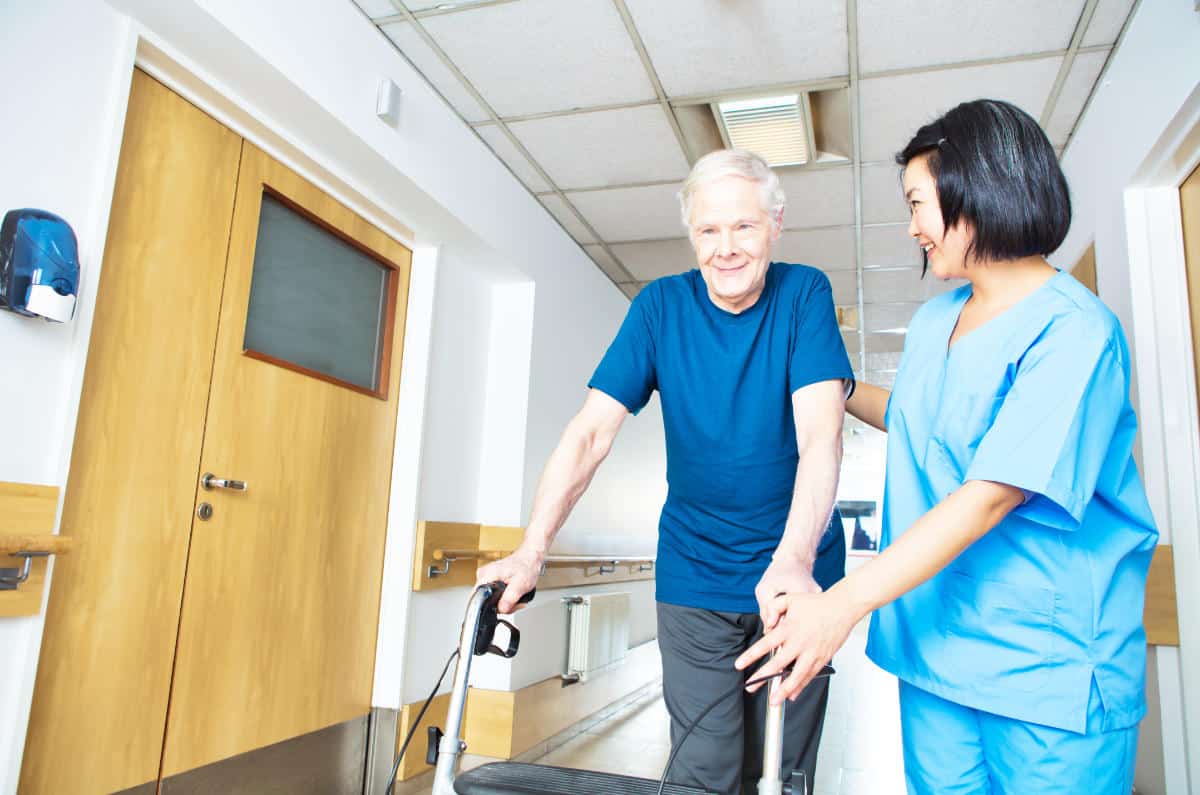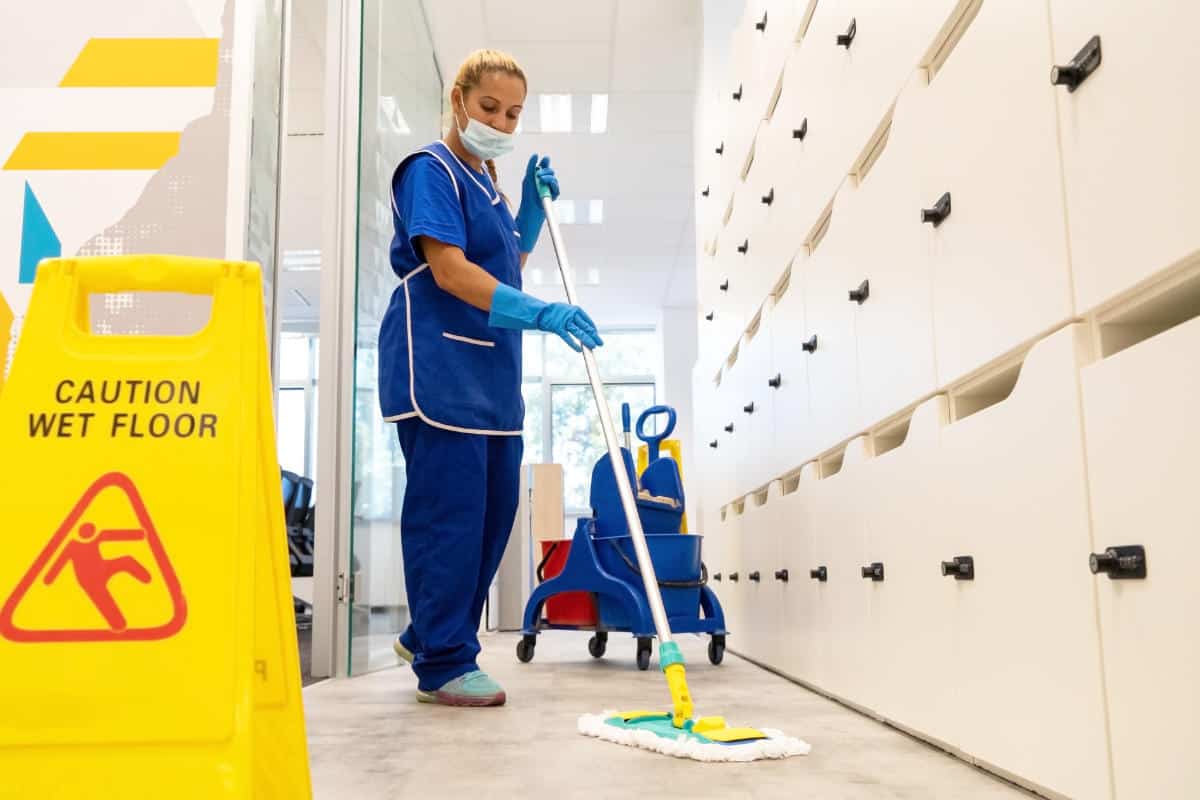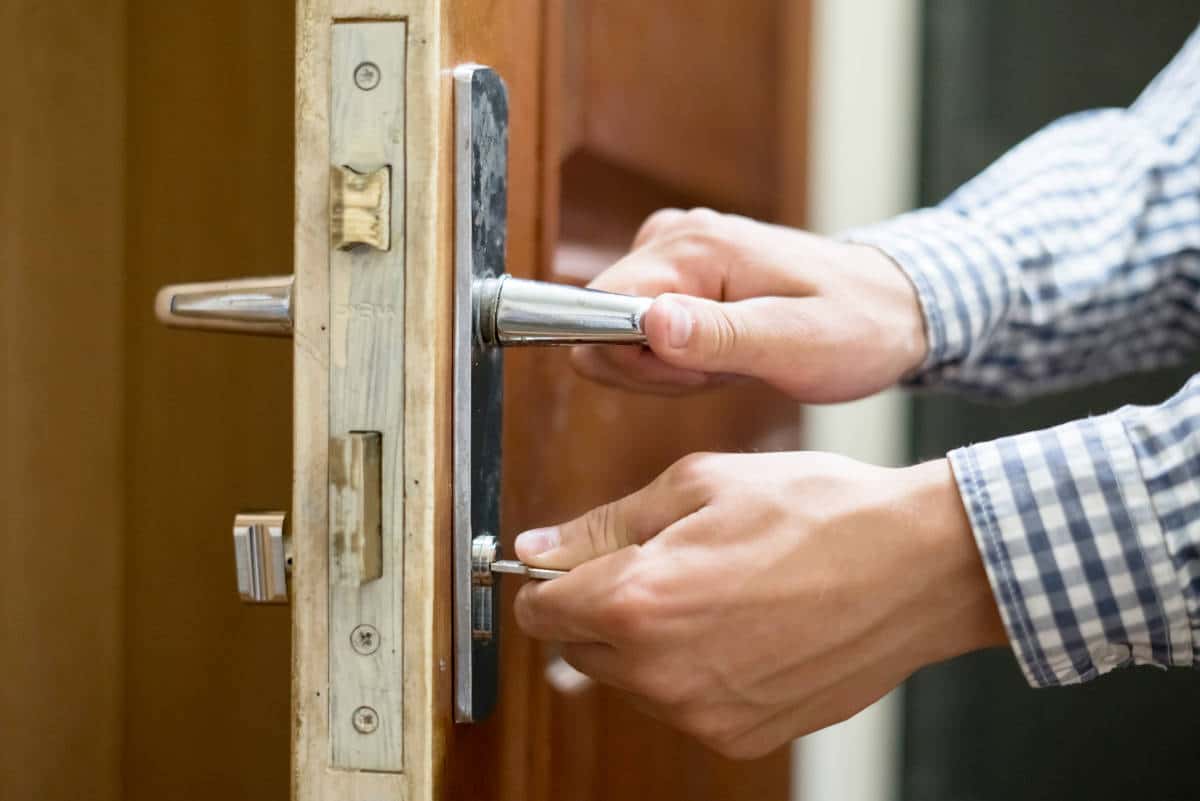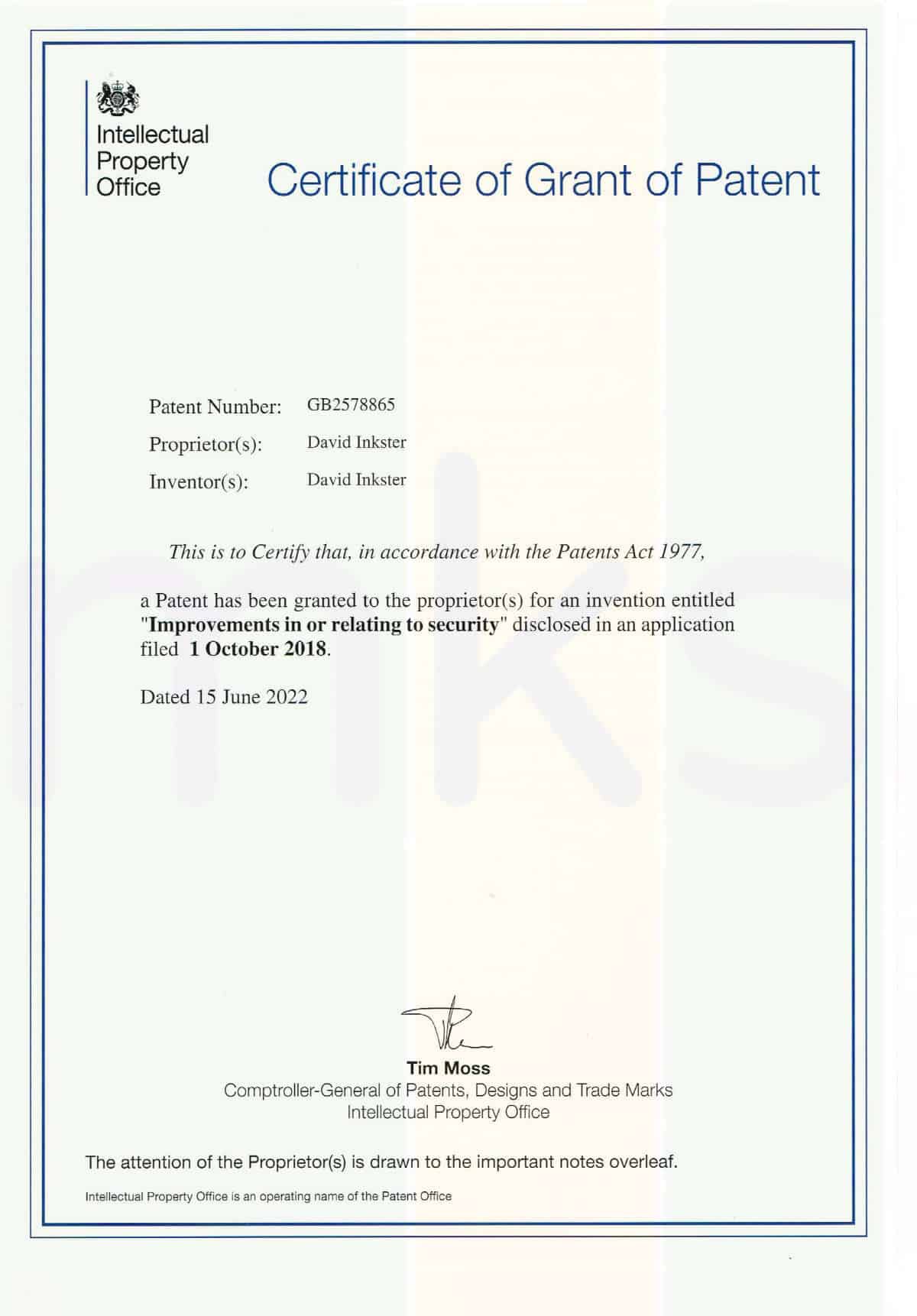Knowledge Hub +
Master Key Systems Explained
Your guide to the Master Key System

Contents
Click below to skip to a section
Still Have A Question?
Contents
Click below to skip to a section
Still Have A Question?
What is Master Keying?
Master keying refers to a mechanical locking system used throughout a building whereby one key can access multiple locks. This system, also known as a master key system (in reference to the master key which accesses all locks), is used to provide or limit access to different locked areas within a building or complex.
Master key systems use cylinder locks which can be accessed as normal by an individual key designed for the lock. However, master keyed locks also feature additional pins – referred to as a wafer pin or master shim – which allows it to not only be accessed by an individual key but a master key(s) also.
The master shim is inserted between the top and bottom pins within a cylinder lock, so that there are two different shear lines, meaning the master keyed lock can be accessed by at least two different keys.
Sub Master Keys
Alongside the master key, there may also be multiple sub-master keys. A master key system works on a key distribution hierarchy; this means sub-master keys will have more access than a key used for a singular lock (a differ key) but will not have access to the same number of locks as a grand master key.
Due to the complex nature of this type of hierarchical system, careful planning is needed whilst designing bespoke key management systems to ensure a safe and secure locking system.
Benefits of Master Key Systems
There are numerous benefits to using a master key system, including increased convenience, security, peace of mind and control.
Convenience & peace of mind
A master key system with high security locks ensures total peace of mind for both residents of a building and its management team. Master keying makes certain restricted areas remain secure, whilst also granting access to specific people in case of emergencies or protocol.
The convenience of managing a reduced number of keys can also bring peace of mind in emergencies such as fires, as well as saving critical time ensuring exit routes are open and all residents have been evacuated safely.
A reduced number of keys can also save costs when making and replacing keys.
Increased security
The calculated key management plans within a master key system ensure all access is predetermined – meaning, specific keys grant specific access.
This increases security for all those involved, including both residents and management teams, and any goods which need to be safely stored away.
The reduced number of keys involved in a master key system, since one key is needed per person rather than multiple, ensures there are fewer keys that go missing or become stolen, which further increases the security of a building or complex.
Higher level of control
Master keys also increase the level of control a person has over a property. Not only is access controlled at all levels, but restricted master key system keys cannot be duplicated at local key bars, they are only available to order by the master key registered owner directly from the master key system manufacturer.
This means keys cannot be copy cut by unauthorised key holders, such as HMO tenants, maintaining the security of the master key suite.
And, because it’s much easier to track the levels of access people have, it can be easier to detect the cause of break-ins and thefts.
Where You Can Expect To Find A Master Key System In Use
Master key systems are typically used within high security multi-occupation buildings and complexes such as apartment complexes, schools, office spaces, and care homes. Correct key management is a way of increasing commercial security within environments.
Landlords and multi-occupational houses
In houses with multiple occupants (HMO), managed by a landlord, and large complex blocks, it can be advantageous to use a master key system.
This ensures that the landlord and other employees can still access all rooms for necessary maintenance, checks, or emergency work, whilst still making certain residents feel safe and secure in their rooms.


Education Sector
A master key system is essential within schools and higher education buildings. Whether protecting young children from accessing potentially dangerous or hazardous environments or making certain expensive equipment and sensitive information be stored safely away.
A master key system can offer many benefits within educational environments.
Businesses with internal or multiple offices
Master keys ensure CEOs and other managerial employees in possession of master or sub-master keys can access offices, documents and equipment they need.
Whenever they need to, without other employees needing to be present.


Security guards
Key management is a great approach for those working in security positions.
It enables security guards to patrol areas with limited access, as well as making it easier to find the correct keys for each area – perfect for night patrols with limited visibility.
Care Homes
Care homes can benefit from limiting access to mentally or physically vulnerable residents, whilst still allowing staff to move through rooms freely.
It moreover gives peace of mind to family members knowing when the residents are in their rooms, they are safe and have some level of privacy.


Cleaning Services
With a singular key providing access throughout a building or number of buildings, cleaning services often find it more convenient to use one key rather than search for multiple – especially independent services in charge of cleaning multiple premises such as HMOs, schools or offices.
Whilst allowing access to areas where needed but also have the flexibility to prevent access to other areas if required.
Access Levels for a Master Key System
The master key system works on a tiered keying system basis. By increasing the number of tiers within the system, access becomes further compartmentalised with suited keys. For instance, the great grand master key sits on the top tier, with access to all lock systems below it. As you go down the tiers, access becomes more limited, ending with a differ key which can access an individual lock(s). Access levels start at the great grandmaster key, and move down to the grandmaster key, followed by a master key, sub-master key and finally ends with differ keys.
Great Grandmaster Key
The highest level of access, opening all grand master, master, and sub-key systems.
Grandmaster Key
Also known as GMK, with the second highest level of access, opening locks under master and sub master systems.
Master Key
The simplest key management, one sub-key can open any specified group of locks
Sub Master Key
This is the most basic set-up, with access to cylinders under sub keys; open multiple locks with one master key.
Differ Key
the very last tier of the key management, the differ can open any specified lock.
Example Scenario - University Setting
In a university setting, Lecturers would have access to a sub key, which enables them access to a specific area.
The students would hold a differ key which would open their individual room accommodation.
Certain staff members, such as cleaners, may hold a master key – allowing access to the individual classrooms as well as cleaning cupboards and kitchens.
Those in higher, managerial positions may be given a grand master key, with access to every room within the campus block. Finally, a great grand master key will be given to a select few, with access to all areas within a university campus.
Master Key Vs. Grandmaster Key
Locks with master key access are the most basic master key system set up.
A grandmaster lock with master keys additionally used grants the same access as a master key, with another tier for greater compartmentalisation and access restriction.
So, for those looking for a more complex system with extra levels of access, grandmaster key or even a great grand master key system may be more suitable.
Combining One and Three Star Door Cylinders
It's entirely possible to use a combination of both 1* and 3* cylinders in a single master key system, provided they operate on the same platform.
Our Adapta Prime HS TS007 1* & 3* cylinders are a perfect example of this, as they operate on the same KEY platform. This allows you to select 3-star rated cylinders for doors that require high security and 1-star cylinders for other doors. The advantage here is that all cylinders can be operated with a single master key.
The beauty of this system lies in its flexibility. The 3-star cylinders, which boast the highest security rating, can be installed on external doors or doors that are more susceptible to break-ins. These cylinders have undergone thorough testing against various forms of attack and burglary techniques, providing optimal protection where it's needed the most.
Conversely, the 1-star cylinders offer a lower, yet still effective level of security. They can be used on internal doors or in areas where top-tier security isn't a priority. The best part is that a single master key can operate all these cylinders, adding convenience and efficiency for the property owner or manager.
By choosing 3-star cylinders for high-risk doors and 1-star cylinders for the rest, property owners can maximise their security budget without sacrificing overall security. The money saved on door cylinders can then be used to enhance other security features, such as digital keypads or additional door hardware.
Example
John is the manager of a large office complex with multiple internal and external doors.
He decided to install the 3-star cylinders on his external doors and on the doors that led to sensitive areas like server rooms and executive offices. These were areas that were more susceptible to break-ins and required the highest level of security.
For the internal doors and areas where high-end security wasn't a priority like storage rooms and general office areas, John opted for the cost-effective 1-star cylinders. They still provided a satisfactory level of security and were more budget-friendly.
With this system, John was able to maximise his security budget. The money he saved by using the 1-star cylinders on less critical doors was used to enhance other security measures like installing digital keypads and additional door hardware. His office complex was now secure, and he could manage it all with a single master key.
Important Points To Consider When Switching To A Master Key System
Switching to a more complex key set-up, such as a master key system, requires some preparation. It is best to consider your whole setup so that you can work productively with your locksmith whilst designing a keying system which works for you.
Traditionally Cylinder Locks were measured excluding the operating cam, for example, a 60mm euro-cylinder would be specified as a 25/10/25 the 10 being the dimension of the cam.
Today this is not so common. The advent of PVCu doors and large security doors has brought the need for offset cylinder door locks. As an example, a 100mm cylinder could be split 40/60, i.e. from one end of the cylinder to the centre of the cam it measures 40mm and from the other end 60mm.

This change in the market has required the manufacturers such as Master Key Systems to ensure they carry a range of offset euro cylinder locks, capable of being Master Keyed.
By far the most specified Euro Cylinder is the Cylinder and Thumb Turn (Also known as key & turn). This has key access on the outside, with a thumb-turn on the inside used for locking and unlocking the door lock.
This type of cylinder is an absolute must when fitted to a final exit door in any public or managed spaces or accommodation. As with all other euro cylinder locks, a cylinder with thumb turn comes in a variety of sizes, both equal splits and offsets.
Key Restrictions
Keys within a master key system can be restricted or open profile - both in terms of their access and their inimitability.
Expert Advice: MKS will always recommend a restricted profile for key and access security.
You will want to consider the number of keys required within your system, before accounting for any emergency spares. It is much less time- and cost-consuming to prepare for spare keys than to lose a key and have to replace it.
The copying of keys is further restricted – master key systems are normally, but not exclusively, subject to restricted keyways which means they require special authorisation to be copied, and copying must be completed by a predetermined locksmith.
It is best practice, therefore, to cut all keys and spares during the initial keying system design than at a later date.
Holders Of The Master Key
Prior to implementing a master key system, it is important to decide who the master key holders will be. Limiting the number of master keys in your system is vital to maintaining the security of your property since master keys have higher levels of access.
Master key security will further be improved by limiting the number of holders, and increasing the traceability of the system if a master key is misplaced or stolen.
When deciding who will be master or sub-master key holders, consider access levels by location and entry points.
Key Identification
It is important to be able to track the key compatible with individual locks, especially for those holding multiple keys like cleaning staff or security. Proper key identification should save you time through better organisation, without making it obvious to thieves which keys provide access to specific locations. Colour coding or another encrypted system are recommended key identifiers.
Key Software
Key tracking software can also help with key identification.
Software is used to trace keys through the serial number assigned to the key, which additionally provides information about the key holder; this information can be accessed 24/7, useful in the event of an emergency or the misplacement or theft of a master key.
Key Audits
Undertaking a regular key audit is a final way of identifying and tracing keys within a system.
Audits help with key management and traceability, ensuring peace of mind that the keys within your master key system are being used in an intended way, by the correct personnel.
Product Patent
A master key system which is patented refers to an exclusive keying system – it is illegal to make a copy of the keys without proper authorisation, or to sell patented keys on an open market. Product patents are also likely to have undergone a level of testing for safety and security purposes.
Sold Secure is a certification scheme awarded to locks which provide resistance against tools used to break or manipulate the lock; Sold Secure includes locks with master key and sub-master key access.
The MKS Adapta Prime HS range is Sold Secure Diamond recognised. Both Prime and Prime HS are patented systems.
HMO / Multi Occupancy Locking Systems
Our website shows in graphic form how this works. There can be many levels to a cylinder master key system. A basic system is where all cylinder locks are opened by a single Master Key but each of the door cylinders is opened by its own key often referred to as the slave or differ key.
This system is typical for an HMO or Landlord whereby the Landlord wants his own single master key to open all the locks, but to ensure that the tenant has a differ key that is unique to their own door.
Very often, the Landlord will also have a Cylinder Lock fitted to the main door. This door cylinder can be opened by the Master Key and each of the tenant's keys and this is referred to as a common entrance. Whilst this is not recommended, it is by far the most convenient Master Key System for HMOs and landlords.
Euro Cylinder Locks
Euro Cylinder lock Master Key Systems are in most circumstances, commissioned for convenient access whilst being able to work with a more complex Master Key System and limit access to individual key holders.
All of this is possible because of the unique design of door cylinder locks that have been developed over many decades and re-engineered in recent years to tolerances that allow them to be Master Keyed.
Before designing or commissioning a Euro Cylinder lock Master Key System, a degree of careful thought should be given to what is required of the system by the principal (Master Key Holder) and the other users whilst allowing for expansion (as more users may need to use the system in the future).
The starting point for this process is to determine how many doors there are that will require cylinder locks and how many extras may be required over the forecast life of the Master Key Suite.
A basic Master Key System Planner is available on our website. If something more complex is required, then MKS have a range of Excel charts to suit all types of Master Key Systems however complex.
Having decided on the elements of doors, cylinders and users plus allowing for future expansion, the next level is deciding the levels of access, for example, you may require some doors to be opened by more than 1 user but exclude others from individual key holders or Sub Master Keyholders.
Ready To Discuss Your Master Key System?
Alternatively, you may wish to call our team on 01902 737 672 or email us via sales@masterkeysystems.co.uk. We look forward to hearing from you.

